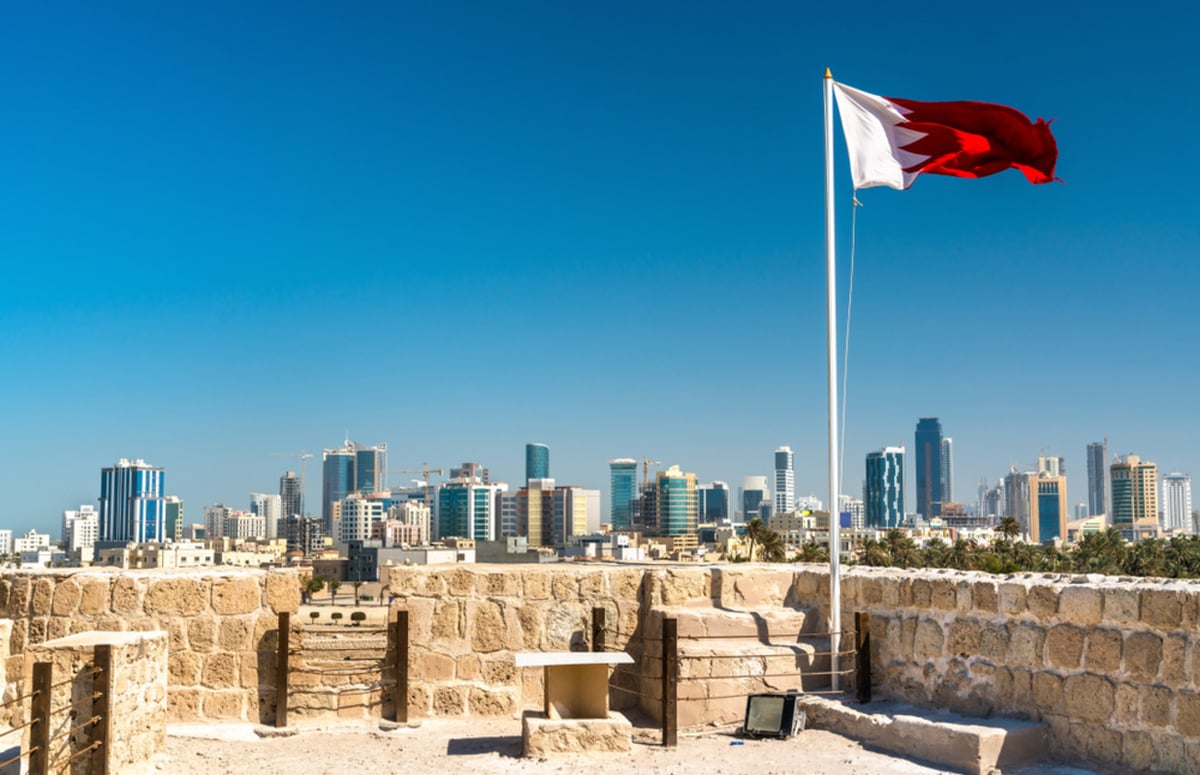Moody’s has affirmed a stable outlook for Bahraini banks, citing the sustained growth in the non-oil economy and favorable operating conditions.
Read more: Bahrain’s banking sector to benefit from expected interest rate hikes
Moody’s took into account the banks’ strong funding, liquidity, and capital positions, as well as the expectation of continued economic expansion. Non-oil economic growth is projected to remain stable at 3.2 percent, which will help restore profitability to pre-pandemic levels over the next 12 to 18 months. However, the ratings agency noted the presence of high asset risk concentrations, particularly related to the sovereign.
Steady growth of non-oil economy
The ratings agency provided context and reasoning for the stable outlook. The non-oil economy, which is the primary source of bank lending, is expected to maintain a steady growth rate of 3.2 percent. Government spending on infrastructure projects, funded by the GCC, will continue to create business opportunities. Bahrain’s banks exhibit strong fundamentals, including sufficient capital, liquidity, and provisioning buffers to mitigate potential losses. Additionally, banks’ profits are anticipated to return to pre-pandemic levels within the next 12 to 18 months, driven by rising interest rates and reduced provisioning requirements.

Non-performing loans
Loan performance is expected to remain relatively unchanged, although non-performing loans (NPLs) experienced a slight increase to 3.6 percent of total loans as of September 2023. This rise reflects the impact of banks discontinuing forbearance measures in June 2022. The retail sector, which accounts for a significant portion of onshore banks’ loans, may face some pressure due to higher interest rates affecting borrowers’ repayment capacity. However, the government’s role as the primary employer is expected to maintain low unemployment levels and support asset quality. Lending growth, driven by government-related entities, played a part in the 4 percent increase in the nine months leading up to September 2023.
While there are potential risks such as high sovereign exposure, possible loan defaults, loan concentration, and funding dependence, Moody’s believes that the positive factors currently outweigh the negatives. The ratings agency anticipates stable profitability and core capital levels for the Bahraini banking sector.
GCC banking system outlook
The ratings agency also provided banking outlooks for the Gulf Cooperation Council (GCC) region, with the UAE’s banking system outlook being raised to positive, Saudi Arabia’s banking system outlook remaining positive, and the banking system outlooks for Bahrain, Kuwait, Oman, and Qatar staying stable.
Moody’s highlighted that the banking outlooks for the GCC region reflect ongoing growth in the non-oil economy and supportive operating conditions. Factors such as capital and liquidity buffers, as well as the likelihood of government support when needed, were also considered.
For more news on banking & finance, click here.








